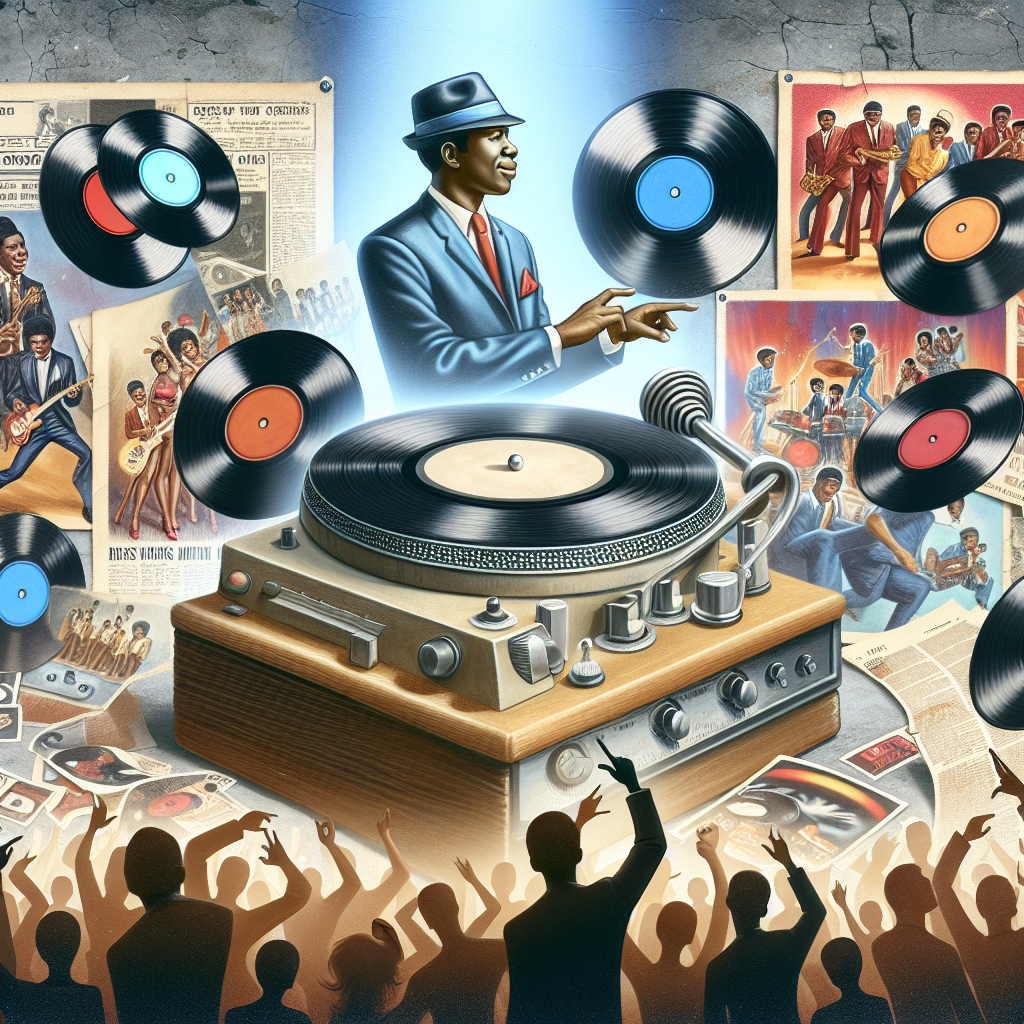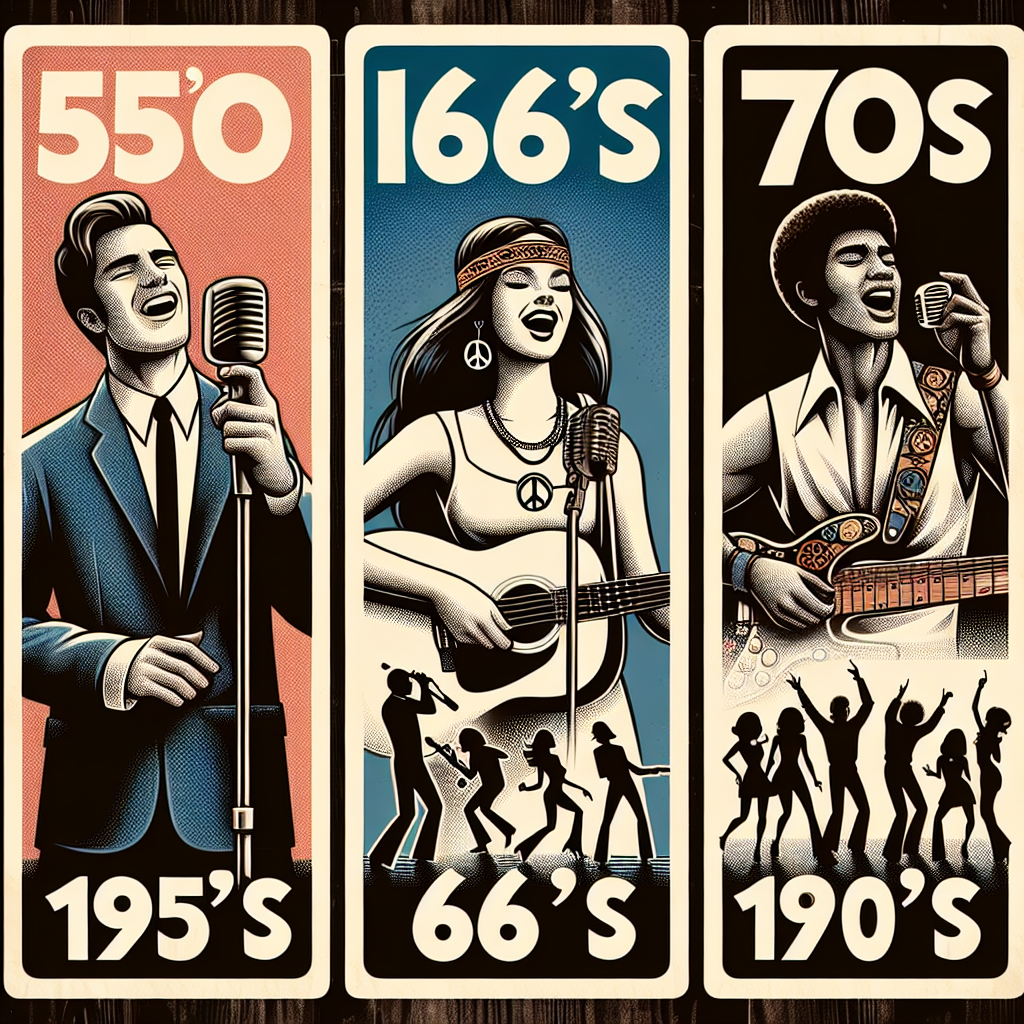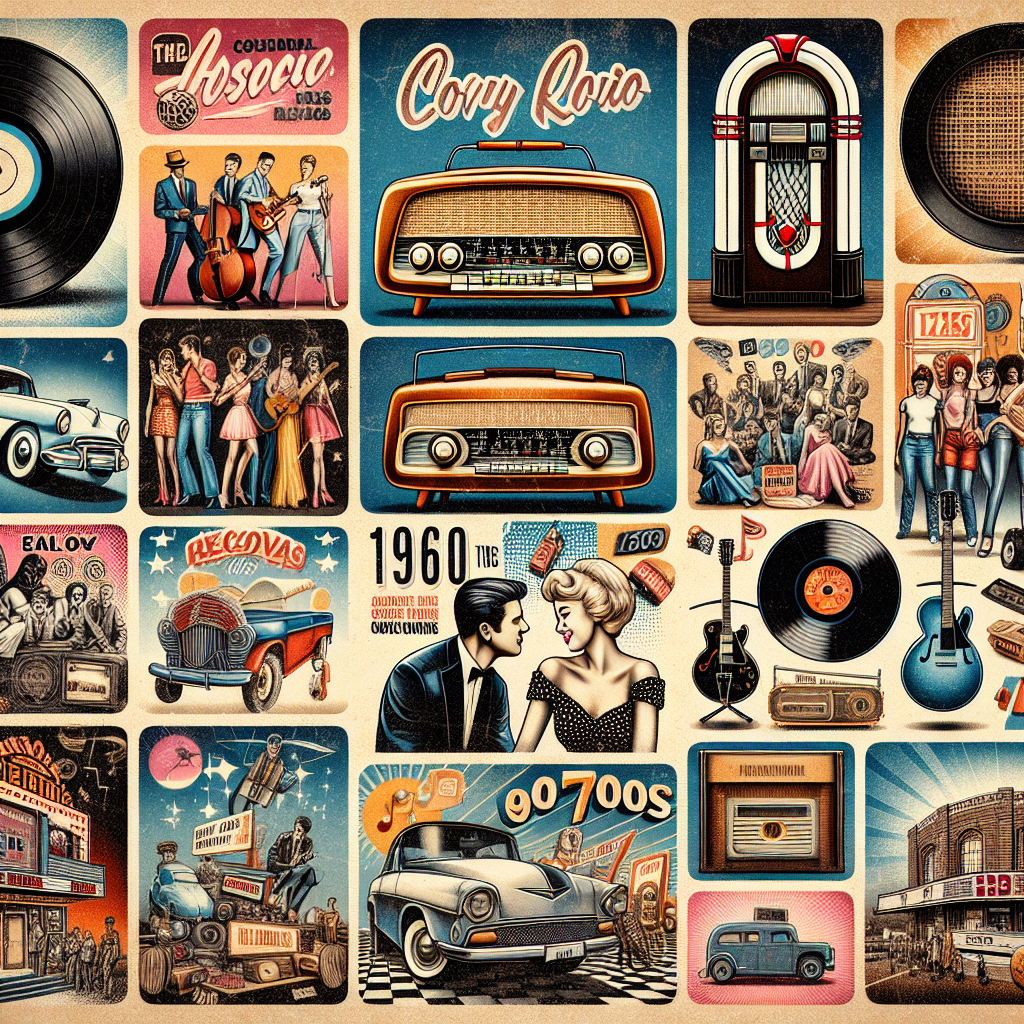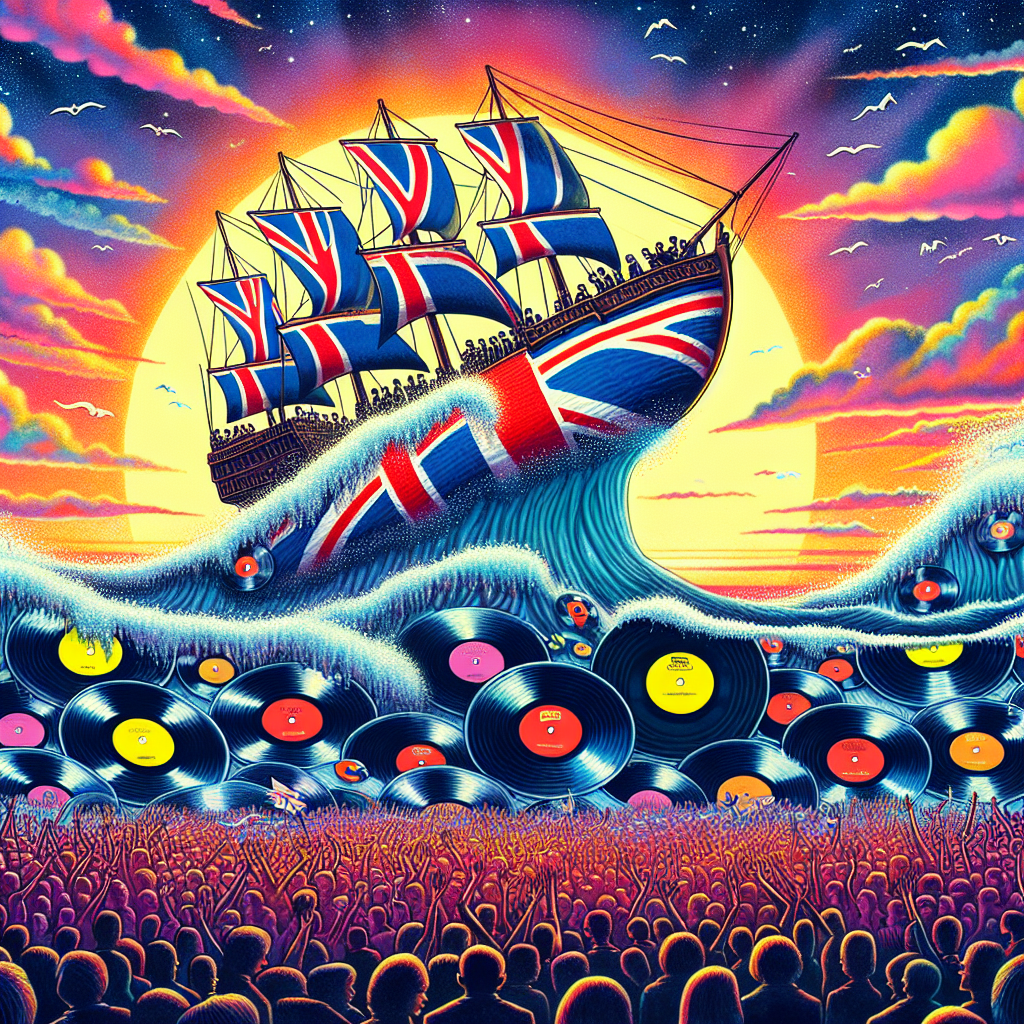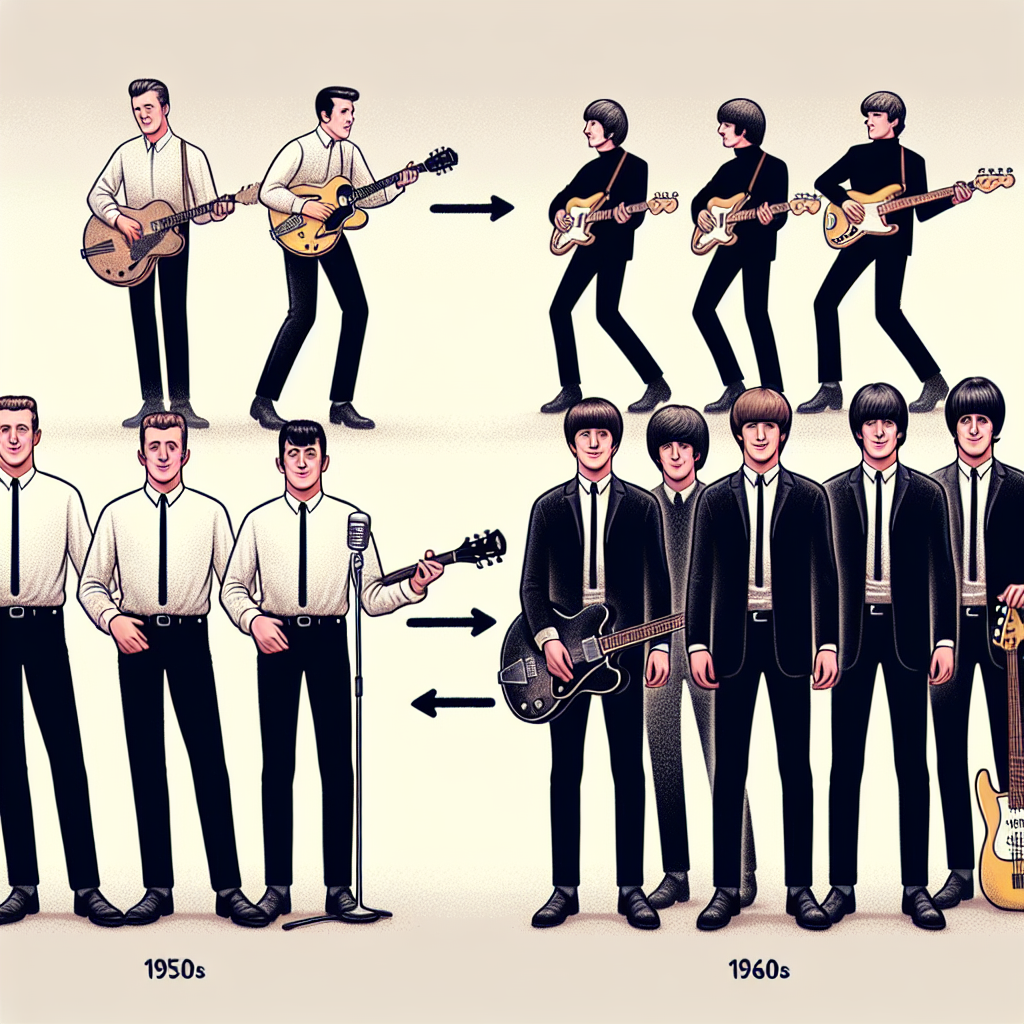Music has always been a powerful force in shaping culture and society. In the 1960s and 70s, one man in particular had a significant influence on the music scene of the time – Berry Gordy. As the founder of Motown Records, Gordy played a pivotal role in bringing African American music to the mainstream and revolutionizing popular music.
During this time period, Motown Records produced hit after hit, with artists like The Supremes, Marvin Gaye, and Stevie Wonder dominating the charts. Gordy’s unique blend of soul, pop, and R&B music appealed to audiences of all backgrounds and helped bridge racial divides through music.
In addition to his musical contributions, Gordy also had a profound impact on fashion and culture. The Motown sound was accompanied by a distinctive style that became synonymous with the era – sleek suits, polished hairstyles, and sophisticated dance moves. This look influenced not only musicians but also politicians and everyday people looking to emulate the glamorous world of Motown.
Furthermore, Gordy was an early adopter of technology in the music industry. He invested in state-of-the-art recording equipment and techniques that set Motown apart from other record labels at the time. This commitment to innovation allowed Motown to produce high-quality recordings that defined the sound of an entire generation.
In conclusion, Berry Gordy’s influence on the music scene of the 60s and 70s cannot be overstated. His vision for Motown Records transformed popular music, fashion, and culture in ways that continue to resonate today. Through his dedication to pushing boundaries and embracing new technologies, Gordy shaped an era that will forever be remembered as a golden age of music.
